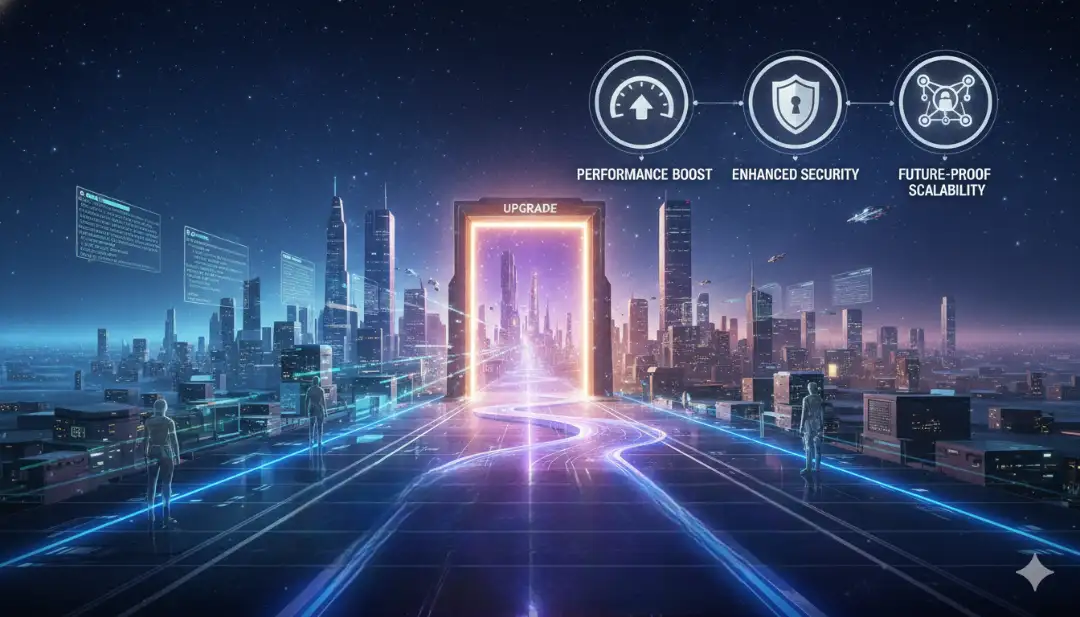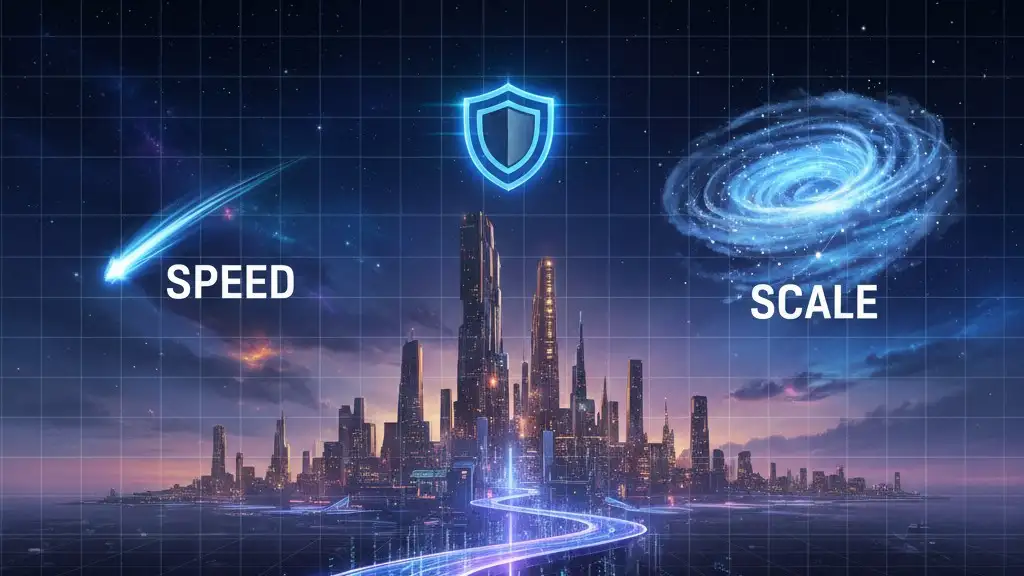Revolutionizing Enterprise Integration:The Microservices Approach

In the ever-evolving landscape of enterprise IT, the need for agility is paramount. Legacy systems and processes often hinder the swift response to evolving business priorities. This challenge has led many enterprises to navigate the intricate path of Enterprise IT Integration, a journey that has gained more complexity with the emergence of mobile technology, big data, the Internet of Things (IoT), and cloud computing.
Traditionally, enterprises treated integration as an offshoot of application development, relegating it to a secondary role. However, as business challenges become more intricate, integration is transitioning from a supporting role to a core element of the enterprise. The demand for 'always on' convenience for end customers, coupled with the necessity to provide data and services as APIs to third-parties, has reshaped the integration landscape. The digital forces at play have given rise to a two-speed IT model, where one layer focuses on speed and value services, while the other emphasizes stability.
The Evolution of Integration: Enter Microservices
Service Oriented Architecture (SOA) has been a go-to solution for addressing integration issues. It leverages Enterprise Service Bus (ESB) to make back-end legacy systems available as services to front-end applications. While SOA with ESB simplifies integration, it comes with drawbacks such as high costs and the need for specialized skills. The centralized nature of ESB restricts integration to a specific team, creating dependencies and impeding the ability to respond to changes promptly.
The limitations of traditional approaches became more apparent with the advent of new technologies like mobile, big data, IoT, and cloud. A more robust and scalable integration approach was needed to meet the evolving needs of the enterprise, and Microservice Architecture emerged as a sought-after solution.
Understanding Microservices in Integration
Microservices represent a modular, loosely coupled approach to building enterprise IT, addressing the limitations of monolithic architectures. The core principle involves breaking down an application into small, independent components that can perform discrete services. This modular approach allows for shorter release cycle times, a crucial requirement in today's dynamic business environment.
Categories of Microservices
Microservices, extending the principles of SOA, can be broadly classified into three categories:
- Journey Services: These services cater to customer journeys, providing functionalities like recommendation services in an e-commerce portal or search and browse services.
- Business Services: These services execute core business functionalities, such as placing an order or conducting withdrawal operations in a banking application.
- Data Services: These services help retrieve enterprise data in easy-to-consume formats like JSON or XML. For example, checking account balance in a banking application.
Microservices in Action
Microservices operate as a layer providing services and integration with core applications. Journey Services implement APIs and can communicate with existing services in ESB or call new Business Services, which could be microservices. Business Services, responsible for executing operations, can leverage services in ESB, manage their own data in the database, or call the Data Service layer. Microservices, acting as business orchestrators, handle the logic, and the Data Service layer abstracts the underlying persistence, providing data to calling Business or Journey Services. Additionally, microservices can perform message transformation and protocol translation using libraries like Camel to interact with core or legacy systems.
Redefining Enterprise Integration with Microservices
Microservice architecture acts as a bridge between the fast-evolving digital layer and the stable enterprise layer, simplifying integration. This approach mitigates the challenge of the slower evolution of core processes impeding the digital layers. Microservices offer various ways to provide integration solutions, either by using ESB or by providing the capability itself with transformation and routing capabilities.
An exemplary case is a large Irish bank that strategically migrated from a proprietary ESB platform to a more decoupled, decentralized integration strategy based on microservices. This shift made ESB functions, such as mediation, transformation, and routing, more scalable, flexible, and agile.
Microservices: Empowering Decentralization
One significant advantage of microservices is the reduction of dependence on central teams managing large infrastructures like ESB. Microservices can directly communicate with core systems, making ESB an optional part of the target state architecture. This decentralized nature of microservices aligns seamlessly with the complex and changing integration requirements of a digital architecture while leveraging existing enterprise assets.
Enterprises can implement SOA with microservices, providing services without requiring a large central infrastructure like ESB. While ESB is not entirely eliminated, enterprises have the flexibility to leverage it where it works well and expose services to work independently. The agile nature of microservices makes them ideally suited to tackle the dynamic integration needs of a digital architecture while simultaneously capitalizing on existing enterprise assets.
Conclusion: Embracing the Future of Integration
In conclusion, microservices have emerged as a transformative force in redefining enterprise integration. The limitations of traditional approaches, especially those relying on monolithic architectures and centralized ESB systems, are being overcome by the agility and scalability offered by microservices. The modular and loosely-coupled nature of microservices not only meets the evolving business needs and expectations but also empowers enterprises to navigate the intricate path of Enterprise IT Integration with unparalleled flexibility and efficiency. As digital forces continue to reshape the business landscape, microservices stand as a beacon guiding enterprises toward a future where integration is not just a necessity but a strategic advantage.


 ColdFusion Maintenance in 2026....
ColdFusion Maintenance in 2026....
 ColdFusion Development Tips fo....
ColdFusion Development Tips fo....
 Why Upgrade to Adobe ColdFusio....
Why Upgrade to Adobe ColdFusio....
 AI Prompting Tips That Improve....
AI Prompting Tips That Improve....
 Adobe ColdFusion 2025: Enginee....
Adobe ColdFusion 2025: Enginee....



Your Trusted Software Development Company